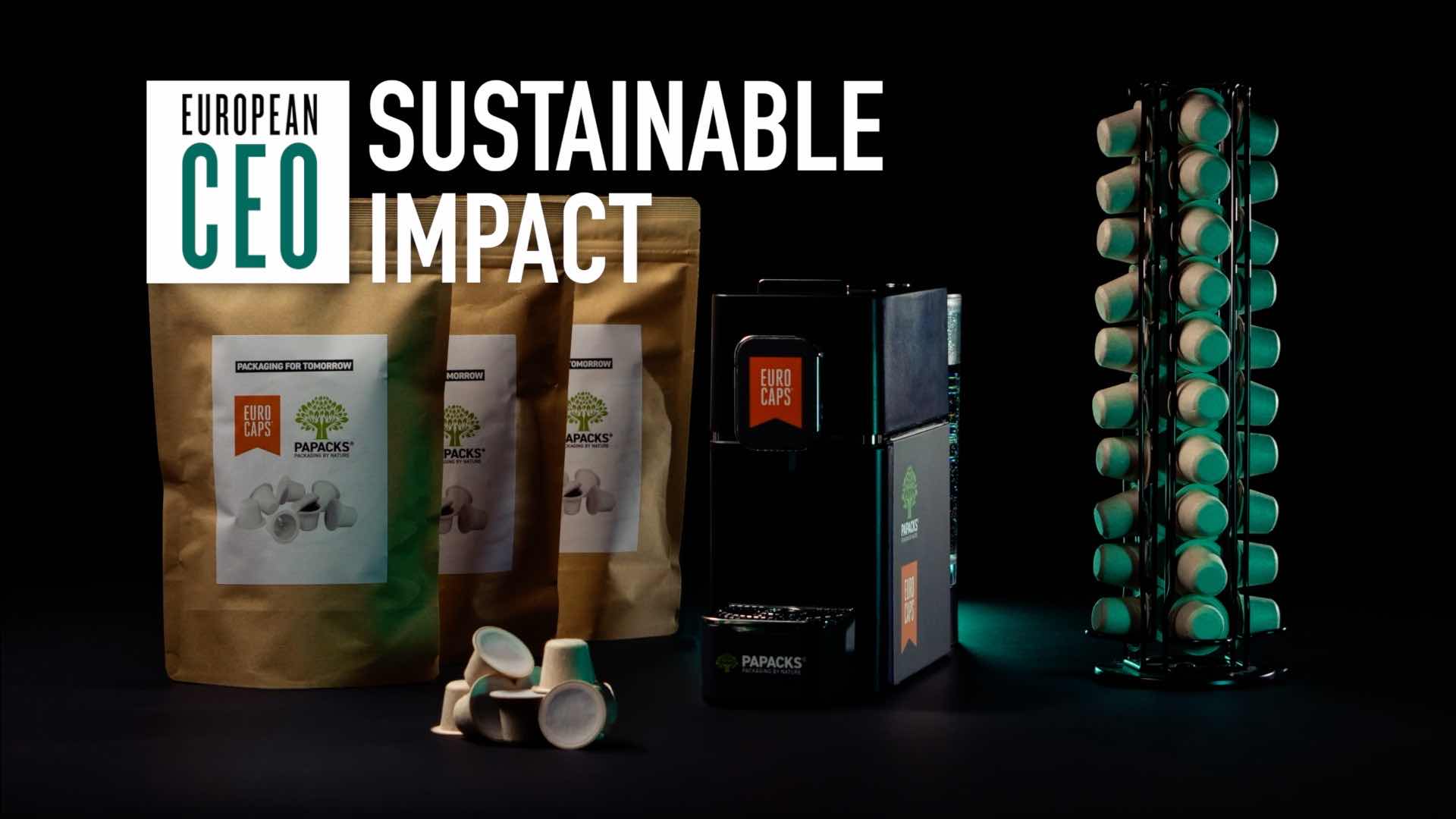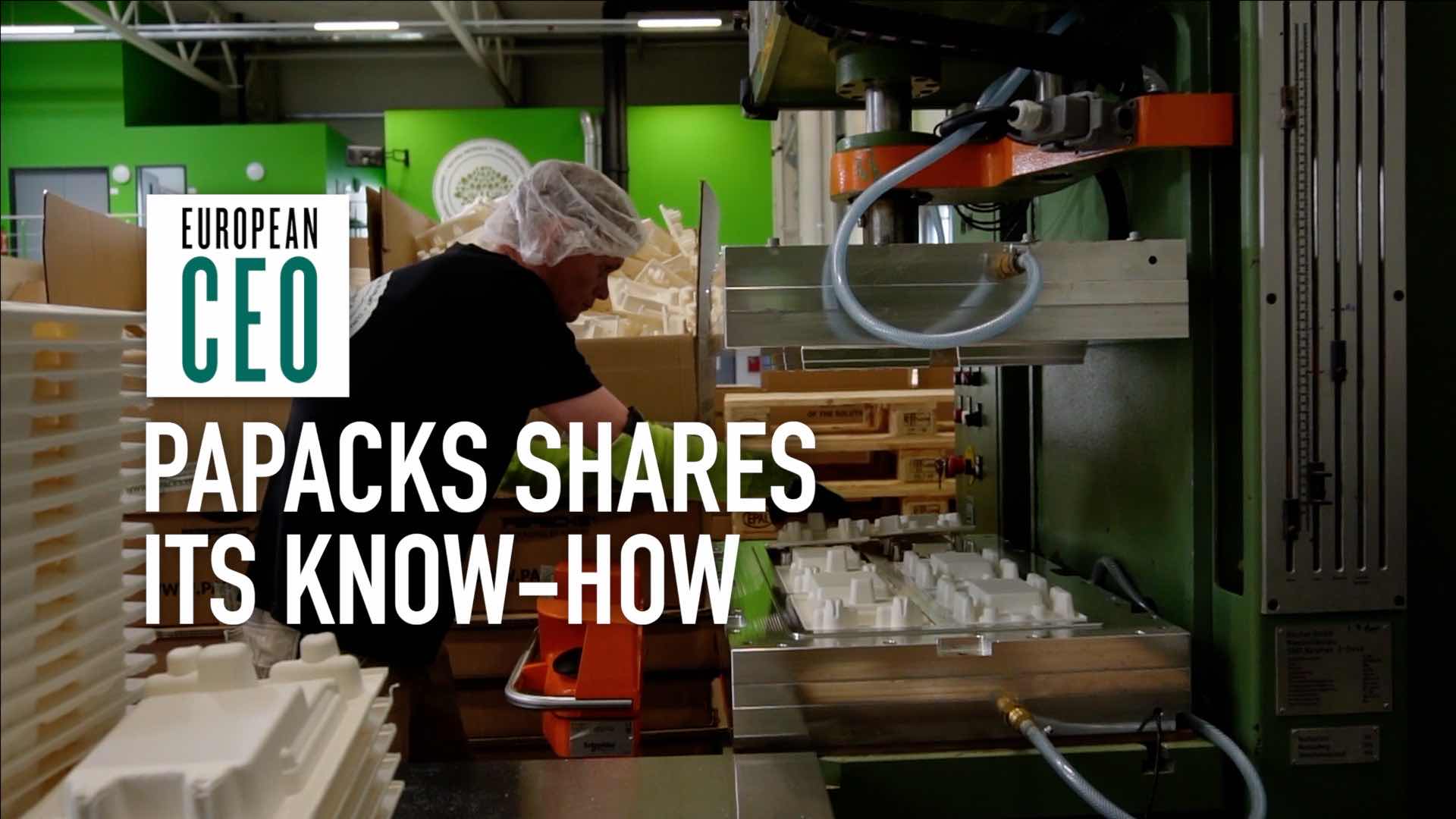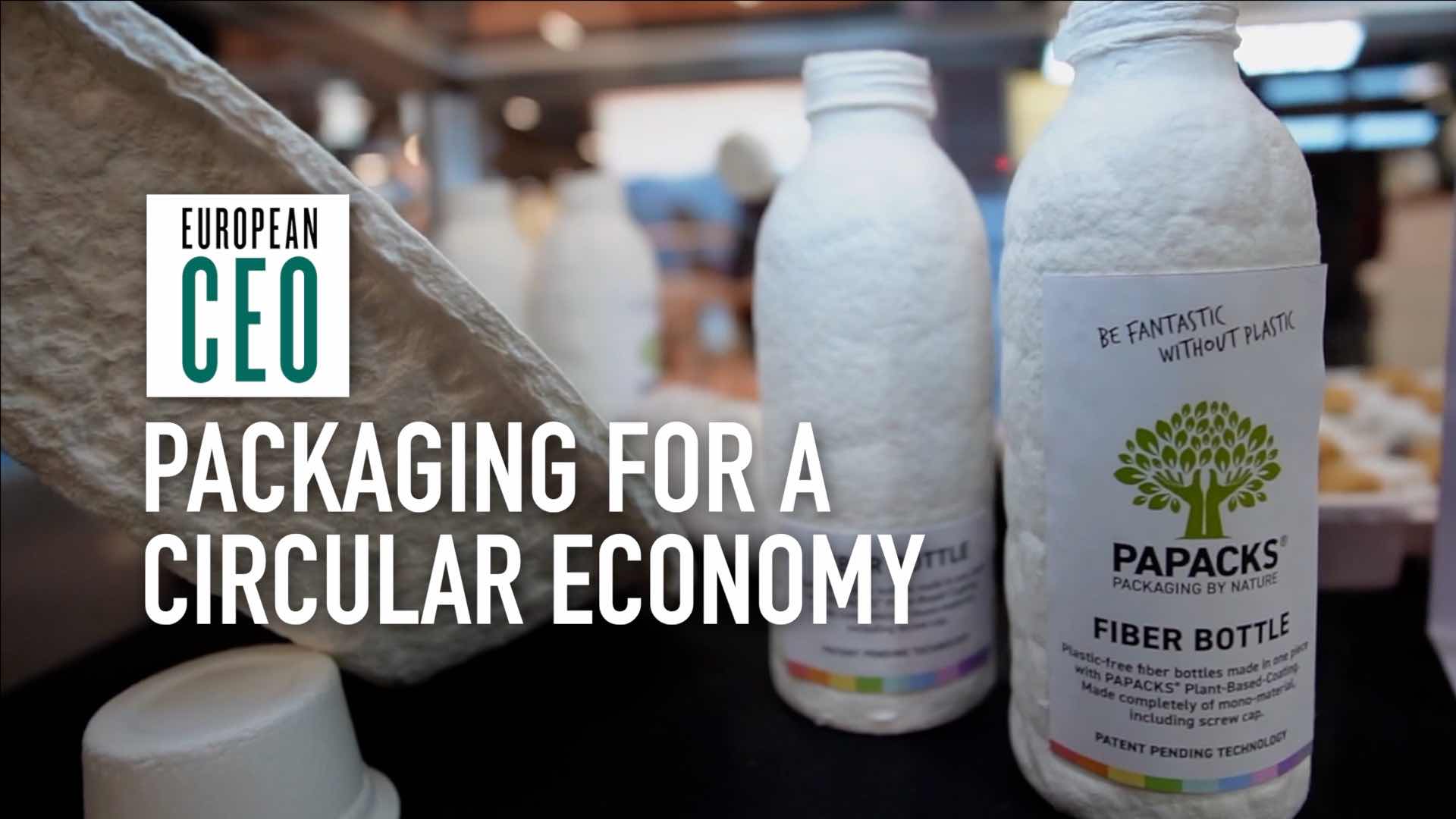Biovotion connects healthcare silos with VSM1 digital health wearable
Biovotion's VSM1 brings "ultimate ease of use" to digital health, says CEO Dr Andreas Caduff
Transcript
Has the digital revolution finally come to healthcare? European CEO speaks to Dr Andreas Caduff and Mikael von Euw from Biovotion, who show off Biovotion’s VSM1 multi-sensor.
European CEO: Has the digital revolution finally come to healthcare? And could digital health be the next frontier for the internet of things?
With me now are Dr Andreas Caduff and Mikael von Euw from Biovotion to discuss.
Andreas, if I might start with you: digital health, what does this cover, exactly? And why and where is it seeing significant interest?
Dr Andreas Caduff: Think of digital health like individual islands that we’ve got today: measurements, physiological monitoring of vital signs, protocols, notes that are being taken by healthcare professionals, transmission of a protocol, data being sent from a to b, storage of medical records. Today, all of these are individual islands. And what digital health does is connect those islands.
Creating one closed loop, and creating efficiency, trust, and creating that improvement in healthcare that we’re all looking for.
European CEO: Mikael, over to you now: what would you say are the main difficulties in health today, and how does digital respond to this?
Mikael von Euw: Currently, healthcare is often provided in silos. Be it primary care, hospital care, and home care. There’s a lot of inefficiencies and duplications in that process. Often the process is analogue. And digital health really allows us to connect the dots between these islands, between these silos, to provide for continuous care, and thus to improve the outcomes for patients, and also providers.
European CEO: And Andreas, what are the essential elements to successful digital medicine implementations?
Dr Andreas Caduff: If we implement such solutions: measurements at home, transmission, healthcare professionals being involved, and all that… The two lessons we can derive from that are: one, you cannot just introduce such technology with people, with patients; you really need to replace and adjust business processes and medical protocols, really redefine and redesign them in a way that you can then bring the full potential of digital health. That’s one thing.
The other one is, the cost side. If you just add additional technology on that, anybody can demonstrate a reduction in hospitalisation. Which is very significant. But you can still observe in some of these studies an increase in overall cost, because the procedures behind it have not been adjusted. So these two lessons are very important.
European CEO: This is an incredibly competitive market; what makes Biovotion a leader when it comes to innovation, and what are you currently working on?
Dr Andreas Caduff: We understand innovation, and we understand the way we would like to present our product as an end-to-end type of solution. So the industrial design is very much a human-centric design approach that we’ve taken. We’ve designed the entire ecosystem around it, along with the device. A device that actually comes across like this, here.
The focus that we have given onto this device is really this ease of use. We completely eliminated buttons, we completely eliminated the need for cable, for calibration, for tape. It’s ultimate ease of use in that sense. And this whole multi-sensor as well call it: the VSM1, it can be combined with software, with sophisticated software. We call this codified expert knowledge. And that, together in that ecosystem with this sophisticated, codified expert knowledge: that creates an offering that is really end-to-end designed, coming as one service to our customers.
European CEO: So Mikael, what would you say are some of the challenges for digital health and wearables?
Mikael von Euw: Well, the healthcare markets are looking for clinical grade data. And to provide clinical grade data we need clinical grade devices. We need clinical grade software platforms. We need safe and secure transmission of information.
Ideally, combined with ease of use and comfort, which is then accepted by the end user.
Integration into daily professional workflows is essential for the adoption and acceptance of the technology in digital health in general. And we think you cannot just throw technology and data at people. And therefore we see this integration – we put a lot of emphasis into that, to speak to people on how the device and technology is being used.
Our technology should not replace the human interaction, but support existing human interaction
European CEO: And what stops you getting commoditised, or at least price-pressured, within 18 months?
Mikael von Euw: First of all, we are forced to constantly innovate. We have developed a connected hardware which we can frequently upgrade to the latest standard of algorithms, software, user interfaces, additional intelligence like predictive algorithms which prevent the device itself from being commoditised. It’s continually upgraded.
Secondly, we aim to offer end-to-end solutions which are well integrated, which function for the user and the provider, which are secure and out of one hand. So that information really reaches the point where it should be with the right person at the right security level.
European CEO: Well Andreas, finally, looking to the future now: what will we see in this arena in the coming years?
Dr Andreas Caduff: Dedicated hardware, integrated with sophisticated software solutions, is receiving tremendous attention.
We’re seeing a lot of interest in such offerings, where this digital health definition that we discussed earlier, these points and these dots are being connected properly. We’re seeing solutions that are completely integrated, and can fully unfold their potential.
At this very moment, we’re really seeing multi-sensor systems being comfortably worn on the human body; integrated and combined with what we discussed before: codified expert knowledge; delivering such value, prognostic elements, predictive data services and offerings around that.
And that’s something, together with ease of use, and the use and direction of healthcare resources – what we call the time to next observation – that’s a parameter people are very much interested in. And allows us essentially to have hospital quality healthcare being brought to the patient’s home: which essentially means scalability.


 Papacks CEO: ‘Working with sustainable impact makes people happy’
Papacks CEO: ‘Working with sustainable impact makes people happy’ Papacks goes global by sharing molded fiber technology in licence model
Papacks goes global by sharing molded fiber technology in licence model Think circularity: Molded fiber is the sustainable future of packaging
Think circularity: Molded fiber is the sustainable future of packaging